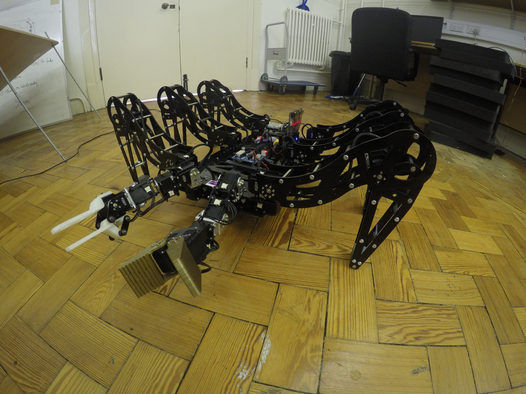About Us.
|
|
The TORONE (TOtal characterisation by Remote Observation in Nuclear Environments) project is funded by the EPSRC and is made up of scientists from Lancaster and Manchester Universities, the National Nuclear Laboratory and the UK Atomic Energy Authority. The key innovative features of this project are:
|
The capabilities and limitations of the proposed system will be determined through its deployment in a series of nuclear-focused case studies. These case studies have been selected specifically to represent some of the most hazardous environments encountered in the nuclear industry worldwide and include the legacy ponds, silos and hot-cells on the Sellafield site, inside the stricken reactors at Fukushima Daiichi in Japan, the H-Canyon Exhaust Tunnels at Savannah River in the USA and inside the torus of the JET nuclear fusion device. Although the focus will be on nuclear applications the technology is highly applicable to other extreme sectors, such as oil & gas and mining.
The project will be focused on developing technology to characterise challenges across the nuclear industry (decommissioning, fission, fusion, chemical, biological, radiological and nuclear [CBRN] defence). Environments in the nuclear industry can broadly be divided in to two classes of challenge: sub-aqua (underwater) and terrestrial (or not in water). Sub-aqua environments include legacy and modern storage ponds and silos, tanks, cylinders and other processing equipment, sewers and drainage pipes, natural systems such as rivers, sea and groundwater and the reactors at the Fukushima Daiichi site. Terrestrial environments include dry storage silos, short, medium and long-term waste storage sites, geological disposal facilities, inside the torus within a nuclear fusion reactor and general environments encountered in chemical, biological, radiological and nuclear (CBRN) defence.

